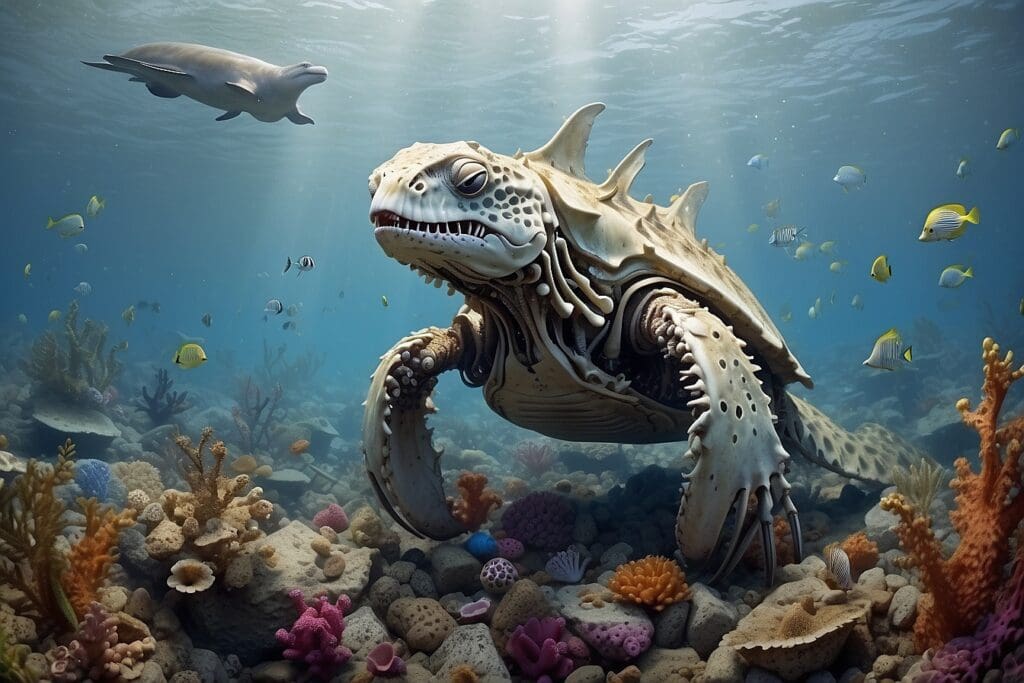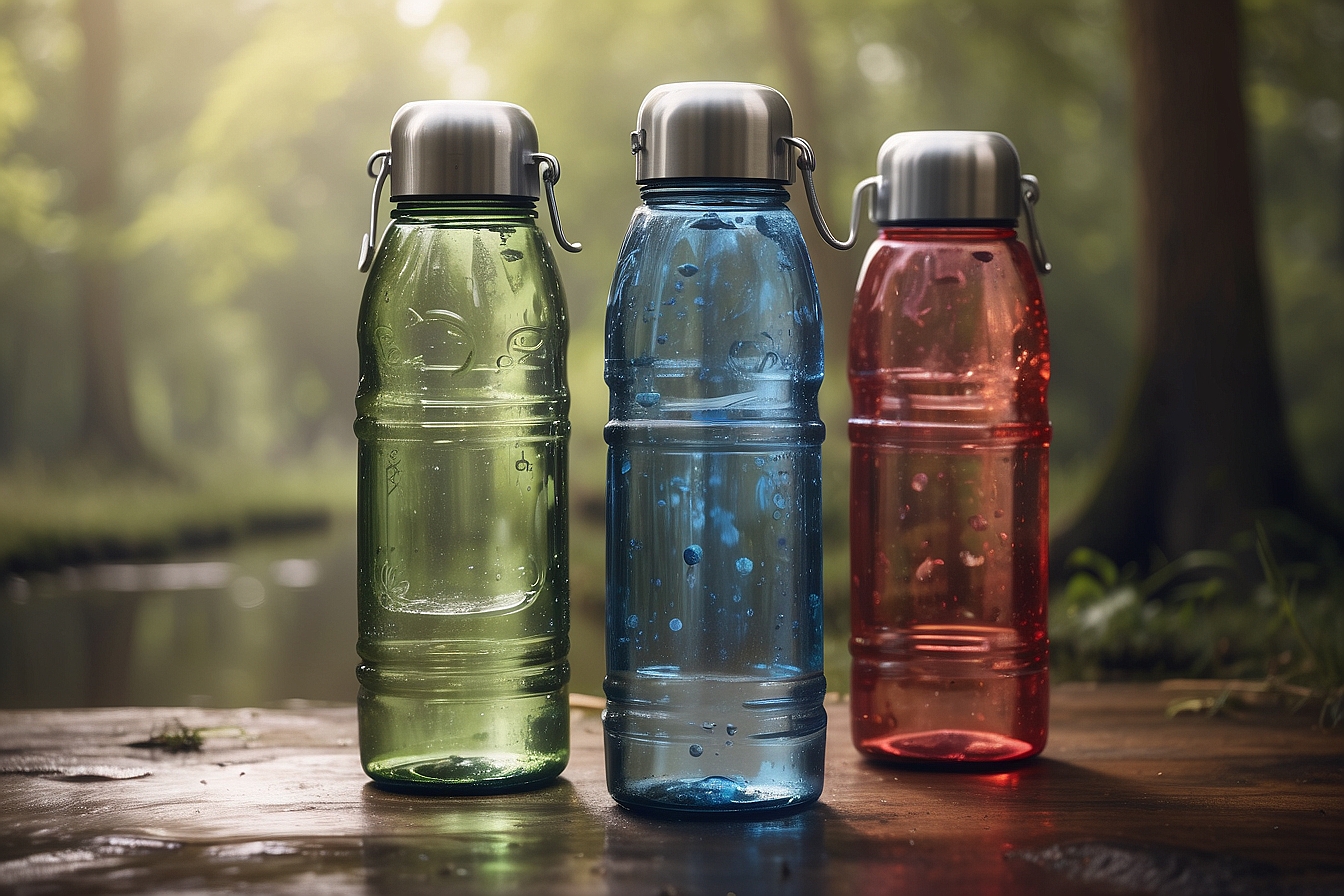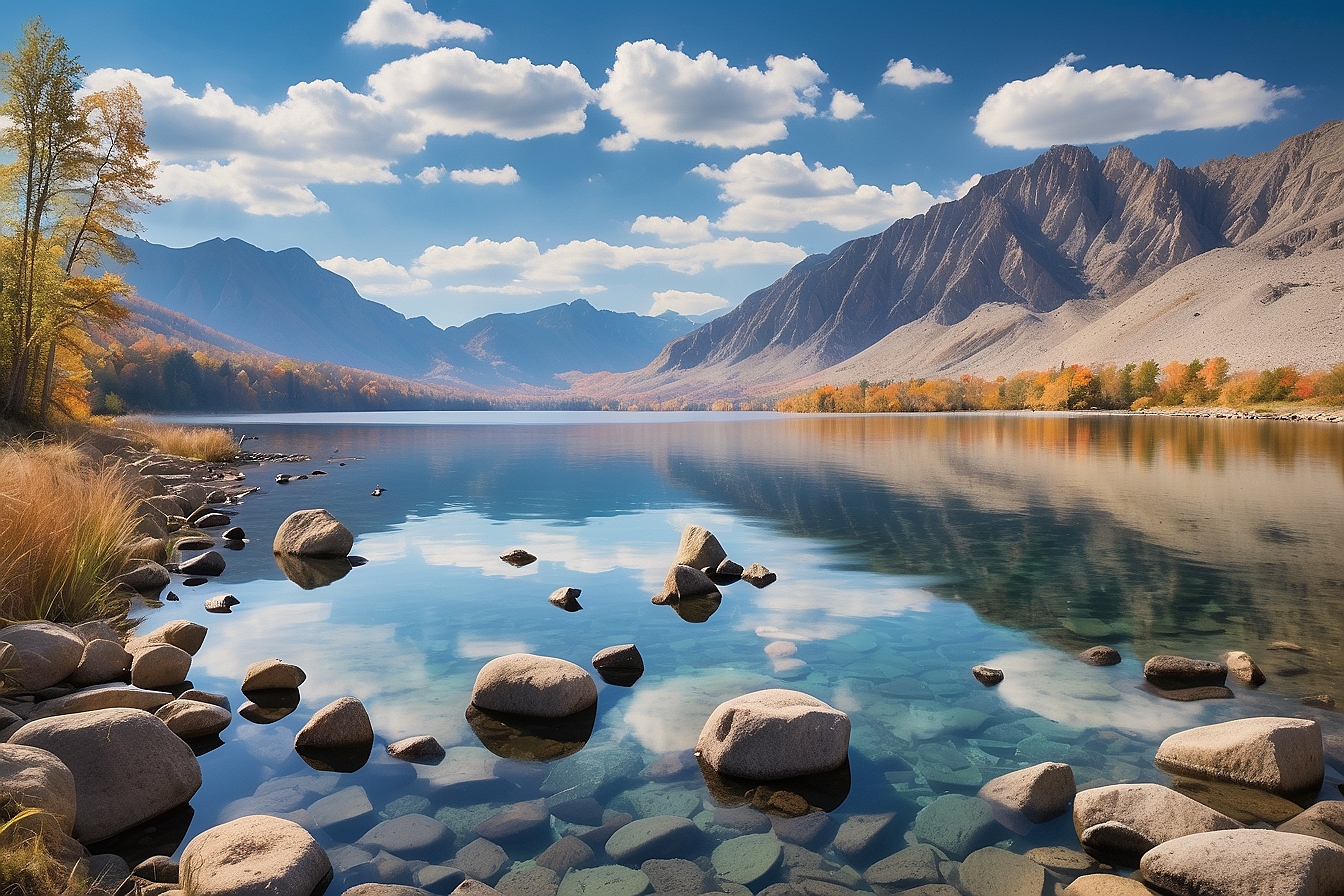Global has been declining since the rise of the human civilization. Unfortunately, the numbers of disappearing fresh water species has increased rapidly in recent years. North American fresh water extinctions increased 877 fold from 1900 to 2010 when measured against the fossil record—when it took 3 million years for one freshwater fish to become extinct.1 Freshwater fish account for just over 40% of all fish species, and as the name suggests, freshwater fish live all or some of their lifespan in “fresh” waters such as rivers and lakes that have less than 0.05% salinity (dissolved material such as sodium, chlorine, sulfate, etc.).2 Since 1989, North American freshwater fish have faced a 25% extinction rate, but this may even be a low estimate because it takes 20-50 years to verify extinctions.3 Like any developing ecological disasters, understanding the habitat itself is a starting point to understanding the issues involved in freshwater extinctions.

Fresh water ecosystems are aquatic ecosystems that have no or very low salinity.4 These ecosystems are categorized by two basic characteristics: 1) water movement, and 2) size. Lotic or flowing systems, such as rivers and streams, are moving bodies of water that flow in one direction. Lentic or standing systems, such as lakes and ponds, are stationary bodies of water that are closed off and cannot flow. The creatures and plants that live in fresh water ecosystems are accustomed to a lack of salinity and are not equipped to deal with salt water. Life in fresh water systems is controlled by light and nutrition availability,5 which can easily be affected by human and industrial activities and is likely a contributing factor to these fresh water extinctions.
Sunlight is a necessity that supplies the bottom of the food chain (plankton and other primary producers) with food which then in turn supplies the rest of the fish population with food. Sunlight can be reduced by unclear and murky water caused by pollution and trash. This causes plants and other photosynthetic organisms to have to compete more for sunlight. The Environmental Protection Agency’s (EPA) National Water Quality Inventory survey conducted in 2000 found that 40% of rivers, 45% of streams, and 50% of lakes assessed were polluted, or as they characterize it, “do not support their dedicated uses.”6 There are many pollutants that can affect freshwater clarity, and many ways that these pollutants can enter our waterways. One of the top offenders is phosphate, found mainly in fertilizers which can flow off of farmland and run into nearby lakes and rivers. Below is a chart of the biggest sources for phosphate contamination:
Phosphates can be toxic to aquatic life, the affects of which trickles beyond the living creatures to the eggs of these organisms, which can be killed with very small amounts of phosphates.8 This can also lead to algal blooms that deplete the water of oxygen, leaving the other living organisms fighting for the heavily decreased oxygen. For more on oxygen deprivation in our waters, read here. A great deal of pollution in rivers in lakes can be traced back to point sources, like chemical plants and dump sites. According to the 2000 National Water Quality Inventory survey, in 1997 controlling point source pollution cost the government $34 billion USD and private companies $14 billion.9 Other sources of pollution include silt runoff and thermal pollution. The effects of silt runoff are extensive, and the figure below taken from the EPA 2000 survey demonstrates it clearly:
Pollution is not the only cause of the multitude of extinctions over the last century. have also been displacing certain species in freshwater habitats. When these foreign species become competition for the indigenous creatures of the habitat, they become invasive. Invasive species find the new environment extremely advantageous because of new sources of food or lack of predators, or any other advantage that was not present in their previous habitat. This may cause this new species to replace one that had once held its place in the ecosystem. One extremely popular example is that of the Zebra Mussel. Zebra Mussels and Quagga Mussels are invasive species in almost all American lakes. These mussels were spread from lake to lake by boats because they attached to the bottom of boats sailing through different bodies of water. They are originally from Europe but were brought to the U.S. by freight ships long ago. They have since infested the waters of the Great Lakes, spawning in shockingly huge numbers, defeating the native species within the lakes.11 Events like this have put many fresh water species in danger.
There are many species that are rapidly declining and should be the focus of conservation efforts. Some of the species with the highest risk for extinction are freshwater mussels, crayfish, stoneflies, and With many projecting extinction rates to double by 2050,13 freshwater fish extinction should be a huge concern for environmentalists. There have been many efforts to clean polluted lakes and water. Not only is it hard, it is also extremely costly. The cleaning of Onondaga Lake, once known as the dirtiest lake in America, came with an almost billion dollar price tag. Under the oversight of New York State’s Department of Environmental Conservation, the cost was projected in 2005 to be $451 million to implement, $412 million to construct the remedy, and $3 billion to operate and maintain annually for an estimated 7 years.14 Invasive species are also very hard to remove after they have established themselves in the new environment. Efforts to remove the Quagga Mussels from lakes in America include strict boat cleaning rules before entering and exiting the lake, and painstakingly removing each tiny mussel. Leave one behind and it will multiply exponentially.
We are in the middle of an era of major biodiversity loss that I believe will be known as one of the top in world history. We cannot change the past, but we can plan for the future. Regulations outlawing dumping waste and chemicals into waterways should certainly be put in place and policed heavily. It is never too late to make a change for the better.





